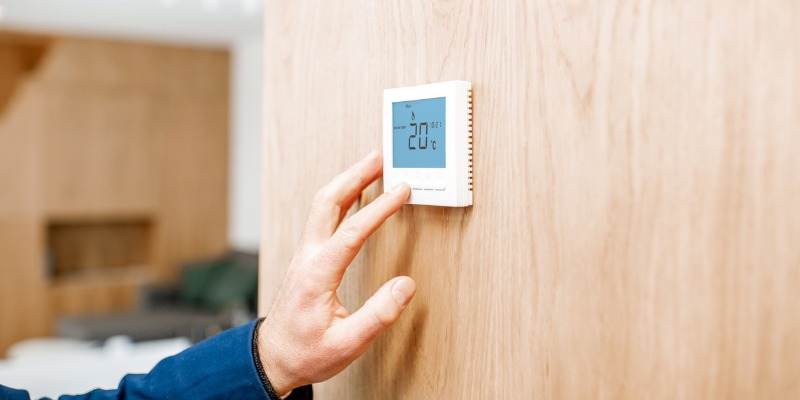If you consistently have trouble keeping your home at the desired temperature, you may not have the right size of furnace. It’s easy to purchase the wrong size if you aren’t sure how to work it out, and if the furnace was already there, the builder may have put one in that’s too small in an effort to save money.
Either way, having the right size furnace for your home is important, and below we tell you how to find what’s optimal.
What is a BTU?
BTU refers to ‘British Thermal Unit’, and it is a measurement equal to the amount of energy that is needed to cool one pound of water by one degree Fahrenheit. Furnace heat output is measured in BTUs, which is why its helpful to understand what they are. When a furnace has a higher number of BTUs, it means it has a greater heating capacity.
BTUs and Square Footage
The idea is to purchase a furnace that is the right size and not too big or too small for your home. Generally, if you follow the guide below, you’ll end up with a furnace that provides you with the level of comfort you need for your size of the home and is energy efficient:
- 1,200 square feet needs a furnace with 36,000-72,000 BTUs
- 1,500 square feet needs a furnace with 45,000-90,000 BTUs
- 1,800 square feet needs a furnace with 54,000-108,000 BTUs
- 2,100 square feet needs a furnace with 63,000-126,000 BTUs
- 2,400 square feet needs a furnace with 72,000-144,000 BTUs
Multiplying Square Footage
If you need to measure the square footage of your home by yourself, it can be a little tricky, but it shouldn’t be too hard to get an estimate. You need to add up the areas of all the rooms that you want to heat. Usually, that means the entire house, but sometimes, the ducts don’t connect to the attic or basement, so they can be left out.
Square or Rectangular Rooms
For rectangular rooms, you just need to multiply the width by the length:
Area = W x L
Triangular Portions
If the room or part of a room is is triangular, multiply the length and width and divide by two.
Area = (W x L)/2
Circular Spaces
If you have any circular rooms that need heating, measure the distance from the edge of the room to the center, which is the radius (r), then calculate πr², which is 3.14 multiplied by the radius squared.
Area = π x r² or π x r x r
Problems with a Furnace that’s Too Big
If you miscalculate and get a furnace that’s too big, you may find that it gets uncomfortably hot in certain areas after you turn it on. Quick heating will cause the furnace to shut off which will lead to uneven temperatures in different parts of the house. A furnace that’s too big will also be less energy efficient and it will have a shorter lifespan and require more frequent repairs.
Problems with a Furnace that’s Too Small
If you end up with the opposite problem and your furnace is too small, it won’t be able to keep up with the demand on the coldest days of the year and you will be uncomfortably cold. You’ll also notice higher energy bills because the furnace will run continuously, which also leads to a shorter lifespan.
When you have the right size furnace for your house it will warm up gradually, will be energy efficient and will keep everyone in your family comfortable when the temperatures drop.
Find the Perfect Furnace at RB Heating
If you’d like some help figuring out what size furnace would be ideal for your home, contact RB Heating for all of your HVAC needs to keep you warm this winter season.








